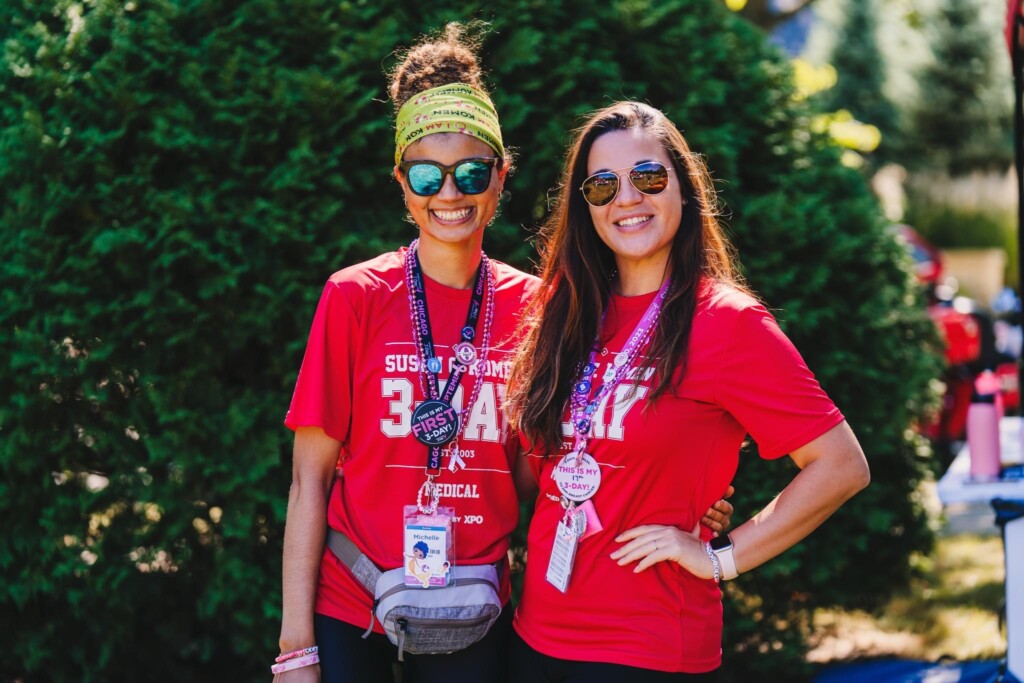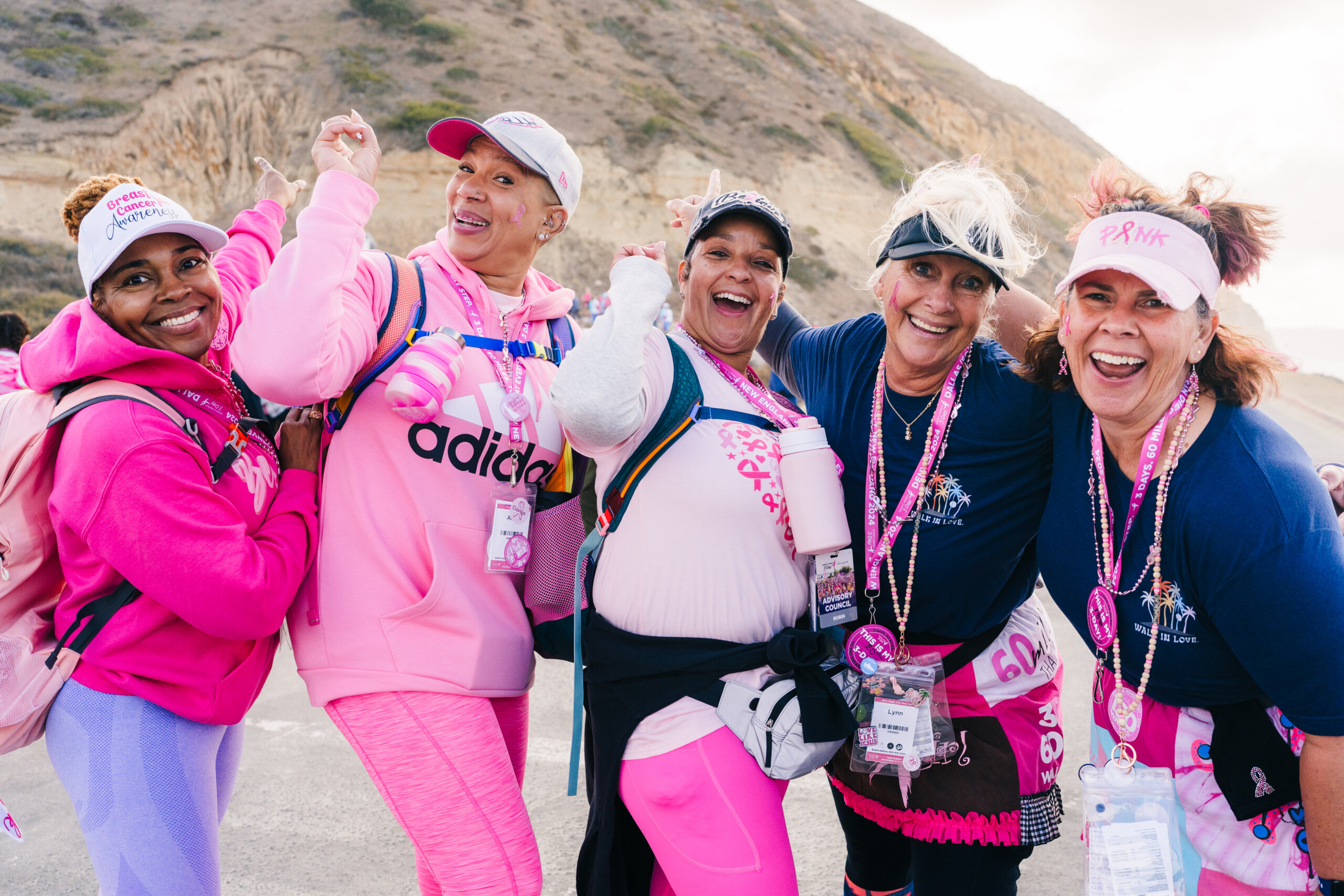
Kirstin B. first participated in the Susan G. Komen 3-Day® when she was just 15, walking in memory of her godmother who passed away from breast cancer when Kirstin was a child. Today, as a registered nurse, Kirstin plays a vital role on the 3-Day medical crew.
She began her journey with the medical crew in 2016 as an emergency medical technician at the Philadelphia 3-Day. After becoming a registered nurse, she volunteered at all 3-Day events starting in 2022, except for San Diego, where she still walks as a participant.
“When I started the 3-Day, I did it for my godmother, now I do it for everyone who is here walking,” Kirstin said. “I am so grateful to use my skills to help encourage and assist participants in achieving their walking goals.”

The medical crew is an essential part of the 3-Day, offering support to walkers in need of medical assistance. These dedicated volunteers, who are licensed health care providers, staff the medical tents at each 3-Day location. They are available daily from 6 a.m. to 8 p.m., ready to treat everything from blisters and knee pain to dehydration and bee stings. The crew also provides medical support at the pit stops, along the route and at camp.
“We’ve seen some serious medical problems like stroke and choking,” Kirstin explained. “In those situations, we immediately call 911 and make sure the person gets to the hospital.”
While the days are long for 3-Day medical crew members, the reward is more than worth it for Kirstin.
“It’s so fulfilling to listen to someone’s story of why they walk while I patch up their blisters or help them with their medical issue,” she said. “It’s even more rewarding to see them out the next day, continuing their journey, and to encourage them throughout the event.”
One memorable moment for Kirstin took place at the 2022 Boston 3-Day, when she met a couple whose daughter, Ashley, died at the age of 36 from breast cancer.
“I was helping them with their blisters, and they told me about Ashley. She was a mother of four, and her youngest was only 18 months old when she passed away,” Kirstin recalled. “I felt privileged to help them fulfill their commitment to walk 60 miles in memory of their daughter.”
Kirstin had the honor of walking across the 3-Day finish line with Ashley’s parents. “Moments like that keep me coming back to the medical crew every year,” she added.
In 2023, Kirstin served as a medical crew captain in Chicago, and this year, she will do the same in Boston.

Are you interested in joining Kirstin on the medical crew? If so, send us an email at:
2025crew@the3day.org or visit the 3-Day for more information.
Statements and opinions expressed are that of the individual and do not express the views or opinions of Susan G. Komen. This information is being provided for educational purposes only and is not to be construed as medical advice. Persons with breast cancer should consult their health care provider with specific questions or concerns about their treatment.

